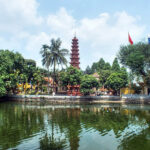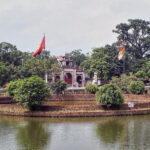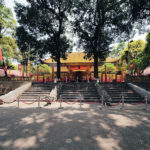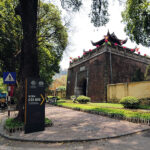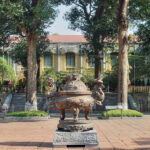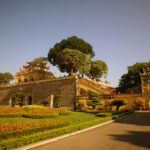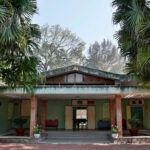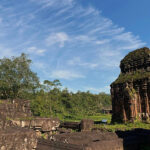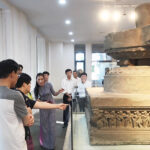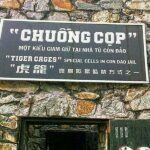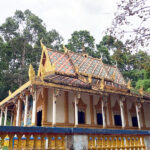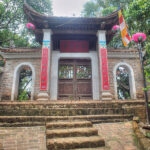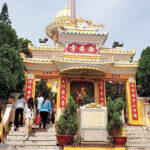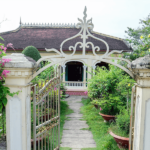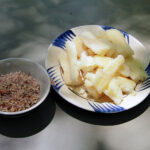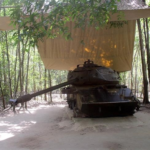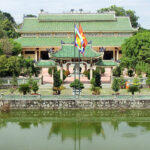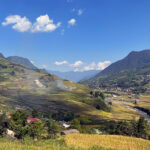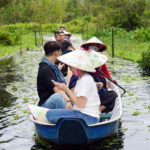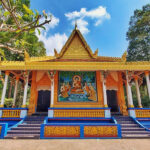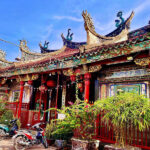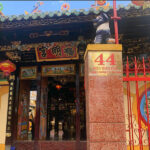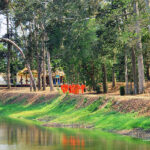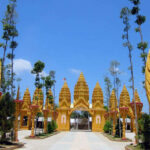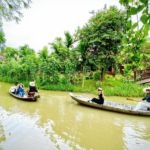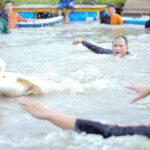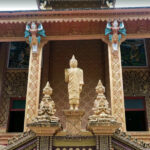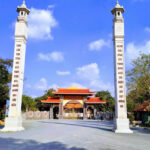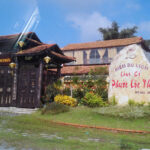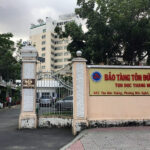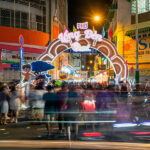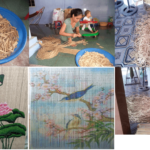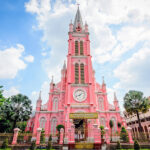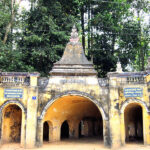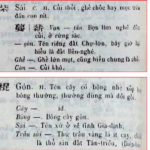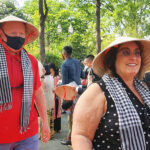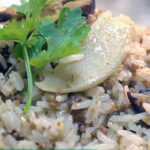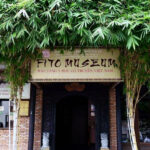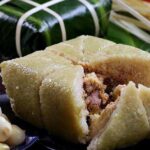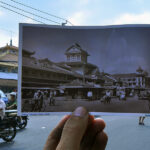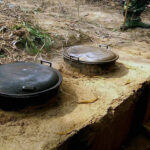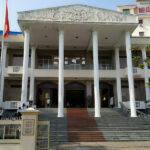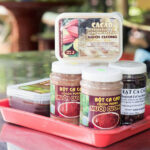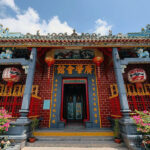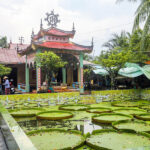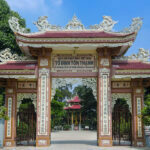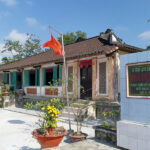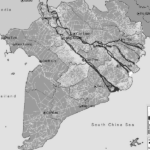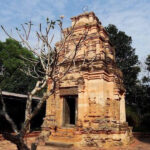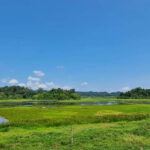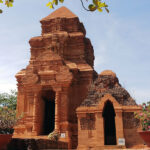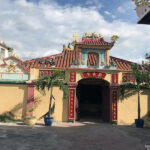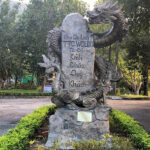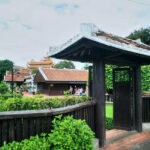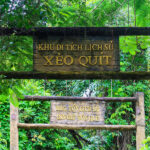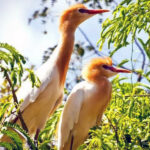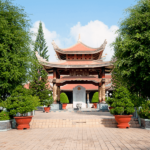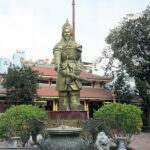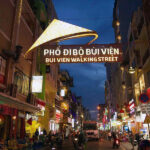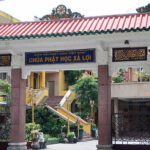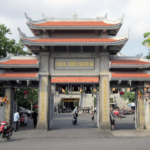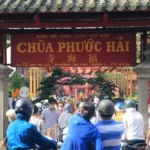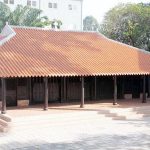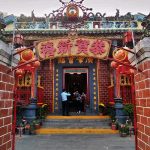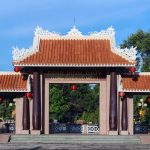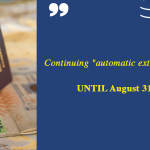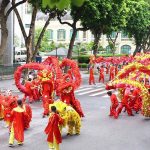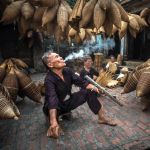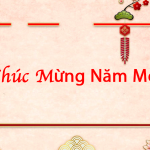Don Ca Tai Tu (Vietnamese: Đờn Ca Tài Tử) is a typical feature in the life of the people in the South of Vietnam. It is a meaningful “spiritual food” to help dispel the hardship after hard working days.
Origin of Don Ca Tai Tu
Up to now, there are many different opinions about the birth of Don Ca Tai Tu. However, the opinion most mentioned by many people is: Don Ca Tai Tu originated from festivals and cults in the South. In the 19th century, after unifying the country, the Nguyen Dynasty organized royal music to serve the Emperor.
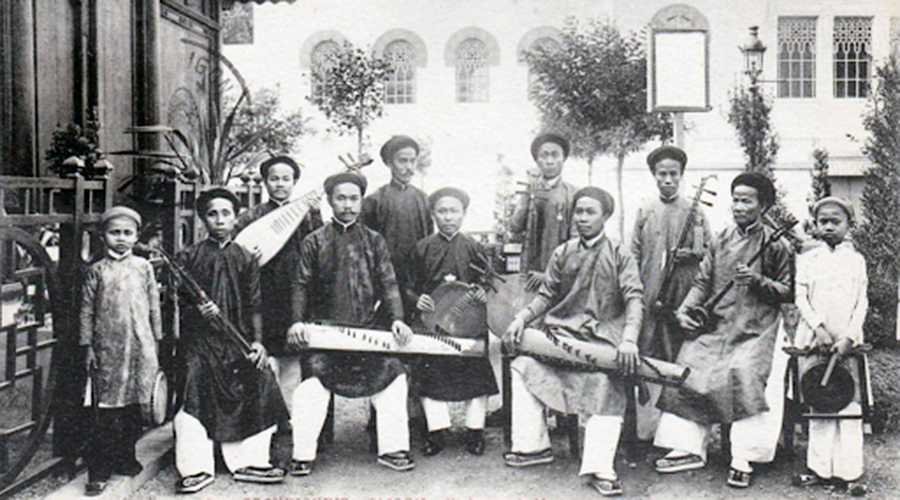
Artists in the royal music team rotate from folk to court and then from court to folk. After that, many musicians in the Royal Court Music Team and folk artists in the Central region went to the South to reclaim land and establish hamlets. 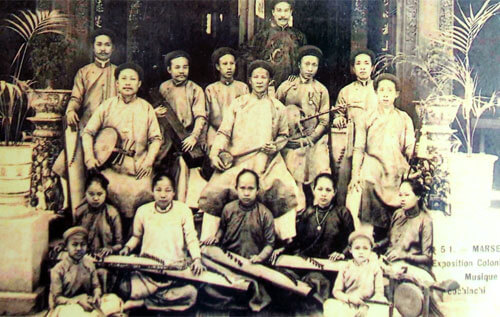
During the reclamation process, many villages and temples were established, so there needed to be festivals and cults to worship. Therefore, artisans used ceremonial music to worship. Because ceremonial music artists only have the task of worshiping for festivals and cults, they have a lot of free time.
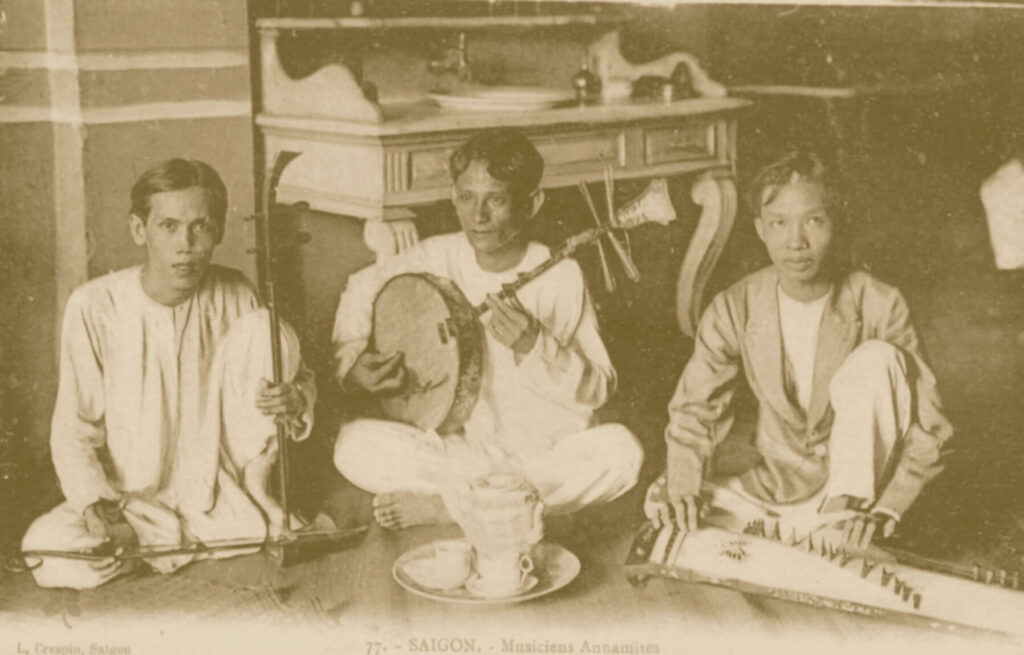
In their free time, they often play the instrument based on the scale of ceremonial music, but with lyrics and combined with the melodies of folk songs, chants, songs, etc. of the Southern people. Thus, Don Ca Tai Tu is a combination of amateur music (Southern folk songs) and professional music (ceremonial band).
Artistic characteristics of Don Ca Tai Tu
The word “Don Ca Tai Tu” can be understood in two senses. First, they are talented people, or the term used to call Confucian amateurs in 19th century. In addition, the word Tai Tu also has another meaning, which is used to refer to performers who do not use this type of music as a means of making a living but only for entertainment and confiding.

This is what creates a special feature of Don Ca Tai Tu: improvisation. Artists often have their own unique way of playing music. They rely on the main musical words but add accents, licks and combine harmoniously with other artists when performing, making the same piece of music still feel new and interesting the next time you listen to it.
The traditional folk song appeared more than 100 years ago, a type of performance with a band of 5 types: đàn tranh, đàn tỳ bà, đàn kìm, đàn cò, and đàn tam (called the five best). And later, there are also guitars, violins.

People who practice Don Ca Tai Tu include: a guide who has good playing technique, is fluent in ancient songs, and teaches how to play musical instruments; writer who holds knowledge and experience, creating new songs; the singing who fluent in ancient songs, has skillful singing techniques, etc.; the musician who plays the instrument and the singer who performs the songs with words.
Don Ca Tai Tu is practiced in groups, clubs, and families, rarely solo musicians, but often in duets, trios, and ensembles. The orchestra often sits on a set of planks or mats to perform in a leisurely, carefree style. The audience can participate in practice, comment.
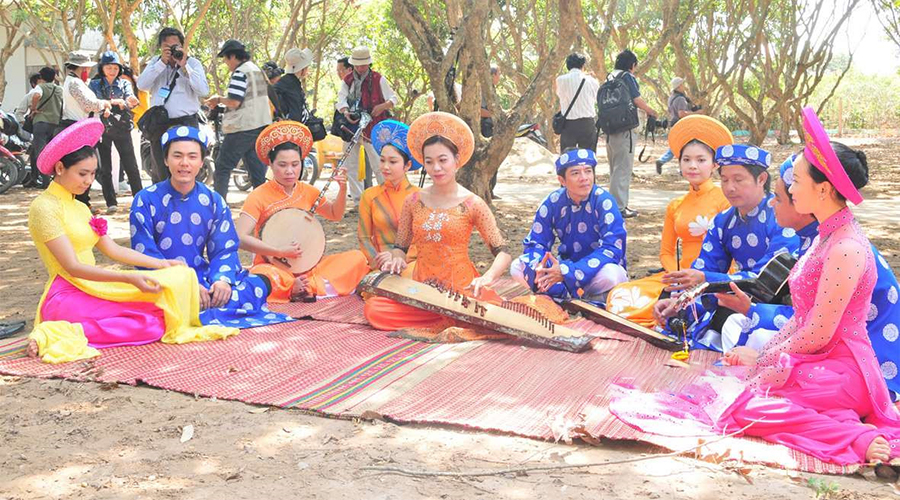
Those who participated in Don Ca Tai Tu are mostly friends and neighbors. They gathered to share elegant pleasures so they were usually not fussy about clothes. This type of music is actually chamber music that usually performs in relatively small spaces like in the family, at weddings, anniversaries, birthdays, festivals, after the harvest of crops, often performed on bright moon nights in the village.
Regarding costumes, the participants of the amateur music are mostly friends and neighbors, so they usually only wear the usual clothes when participating in the show. When they perform at temples, shrines, or on stage, they wear costumes.
In recent years, in order to meet the needs of tourists, the amateur groups gathered together into semi-professional amateur music clubs. Besides their main occupation, they serve the arts when required.
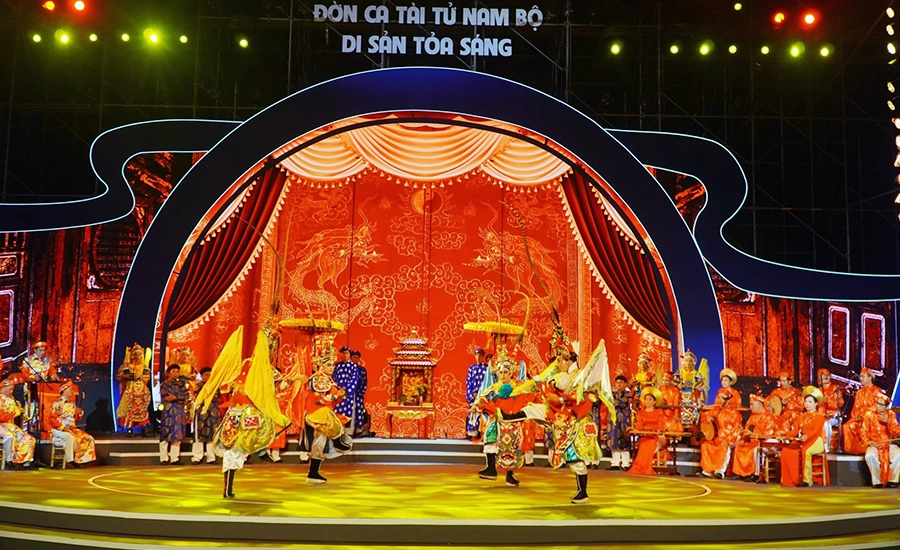
In fact, “amateurs” don’t use art to make a living, but just for fun or spontaneity. However, this does not mean that they are not experts. In contrast, to become a true artist, they have to practice for a long time.
On 5 December 2013, Don Ca Tai Tu was recognized officially as the Intangible Cultural Heritage of Humanity by UNESCO.
Vietdream travel is running Mekong delta tours to explore the nature and enjoy the show of Don Ca Tai Tu. Contact us for more details.
Best regard,
Vietdream team

